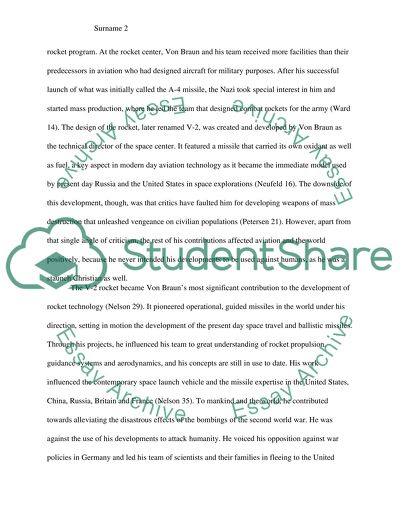Cite this document
(“Wernher Von Braun Essay Example | Topics and Well Written Essays - 1000 words”, n.d.)
Retrieved from https://studentshare.org/history/1486164-wernher-von-braun
Retrieved from https://studentshare.org/history/1486164-wernher-von-braun
(Wernher Von Braun Essay Example | Topics and Well Written Essays - 1000 Words)
https://studentshare.org/history/1486164-wernher-von-braun.
https://studentshare.org/history/1486164-wernher-von-braun.
“Wernher Von Braun Essay Example | Topics and Well Written Essays - 1000 Words”, n.d. https://studentshare.org/history/1486164-wernher-von-braun.


